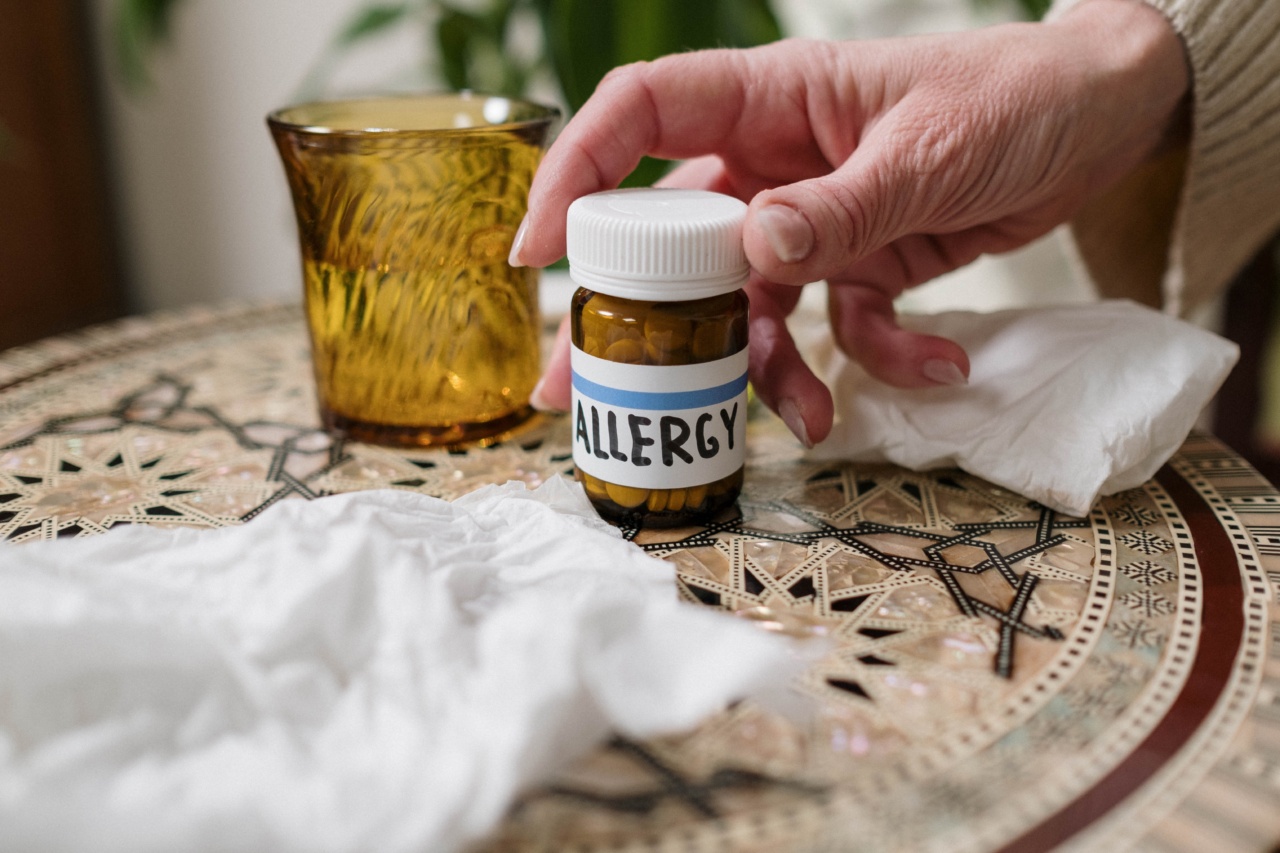For people who suffer from food allergies, even a minute amount of an allergen in their food could cause severe symptoms. Food allergies are caused due to an overreaction of the immune system to specific proteins present in food items.
According to the World Allergy Organization, food allergies affect an estimated 220 to 250 million people worldwide. In the United States, every 1 in 13 children (under 18 years of age) has food allergies. It is a significant problem and needs innovative approaches to prevent and manage them.
Understanding Food Allergies
When someone eats a food item, the immune system of the body usually treats the proteins in the food as harmless.
But, in people with food allergies, the immune system overreacts and triggers allergic reactions that can involve different parts of the body (like the mouth, skin, respiratory system, gastrointestinal system or cardiovascular system). The symptoms can be mild, like hives or itching, or serious, like anaphylaxis (a life-threatening reaction with swelling of the throat, difficulty in breathing, and a drop in blood pressure).
Current Approaches to Prevent and Treat Food Allergies
The current approach to prevent and treat food allergies is mainly based on avoidance measures and medication. Avoidance measures involve identifying the specific food items that trigger allergies and avoiding them.
For example, a person with a peanut allergy should not consume peanuts or any food items that contain peanuts. This approach is useful, but it has its limitations.
It is difficult to avoid accidental ingestion of small amounts of allergens that may be present in food items due to cross-contact (e.g., through shared utensils, processing equipment, or cooking surfaces that may have residues of allergens).
Medication is usually for controlling the symptoms of allergic reactions. The most common medication includes antihistamines, which control allergy symptoms by stopping the release of histamine (a chemical that causes allergy symptoms).
For severe allergic reactions, epinephrine (an adrenaline shot) is used as an emergency measure to control the symptoms. The Adrenaline auto-injector is marketed by several companies (e.g., EpiPen or Auvi-Q) to use in case of a severe allergic reaction.
However, medication only controls the symptoms, and allergy sufferers need to carry them all the time and use them as a safety measure. Even with medication, there is a risk of anaphylaxis and other severe reactions if the exposure to allergens is severe.
Innovative Approaches to Prevent and Treat Food Allergies
Recent research is focusing on innovative approaches to prevent and treat food allergies that go beyond standard avoidance measures and medication. The following are some innovative approaches:.
Early Food Introduction
The early introduction of allergenic foods (like peanuts or eggs) to infants has shown some promising results in preventing allergy development.
This approach contradicts past conventional wisdom, which suggested delaying the introduction of allergenic food items to infants to reduce allergies. Studies, like LEAP (Learning Early About Peanut), have shown that introducing peanuts into infants’ diets early, between 4-11 months of age, with continued consumption may prevent peanut allergies in high-risk infants. Introducing the allergenic food in the first year is said to allow immune system maturation and tolerance development for such foods.
Early introduction may be reported to decrease chances of allergy development by up to 80% when compared to delayed introduction. The idea is still in its early stages and considered under discussion with the medical fraternity. Some continue to recommend cautious introduction in monitored settings while some are proponents of early food introduction.
Oral Immunotherapy
Oral immunotherapy is a treatment that involves giving small amounts of the allergenic food item to the patient over time, gradually increasing the amount until the patient tolerates it.
This therapy aims to desensitize the immune system by gradually exposing it to the allergen, with the ultimate goal of the patient being able to eat the food item without reaction. This treatment is in its early trial stages, and it is currently only available to a limited extent in many countries. The treatment takes place under the supervision of a trained physician and is not without risk.
Medication is required to control symptoms that may arise during therapy. Some reports show patients achieving 80-85% reduction in their allergies.
Enzyme-Based Treatment
Scientists are exploring the development of enzyme-based treatments to mitigate food allergy reactions. Enzymes are proteins that can break down other proteins into smaller parts.
Proteins are what trigger allergic reactions that cause life-threatening symptoms. Enzyme-based treatments are intended to be used along with the allergic food item to break down the protein triggering the allergy and thus avoid severe reactions.
In several experiments, researchers have developed an enzyme that can break down the protein responsible for the most common food allergies. Scientists are focusing on developing this type of enzyme to use only on the proteins present in foods responsible for triggering allergic reactions, without breaking down the other beneficial proteins present in the food.
This approach aims at finding a way to allow allergic individuals to eat foods that would otherwise be life-threatening or cause an allergic reaction, while still receiving the beneficial nourishment from these foods. Research is still in the experimental stages, and it may be some time before an enzyme-based treatment option is widely available.
Conclusion
Food allergies are a significant problem and need innovative approaches to prevent and manage them. The current approach to managing food allergies only limits exposure to allergenic food and controls the symptoms of allergic reactions.
Although these treatments are useful, they still have many limitations. Innovative approaches like early food introduction, oral immunotherapy, and enzyme-based treatments offer some promise for preventing or curing food allergies and improve the quality of life of allergy sufferers significantly.
However, these approaches are relatively new and require more extensive research to establish their efficacy, safety, and optimal levels of use. As research continues to provide innovative approaches to treat and control food allergies, it brings renewed hope for those who suffer from this dangerous and life-restricting condition.































